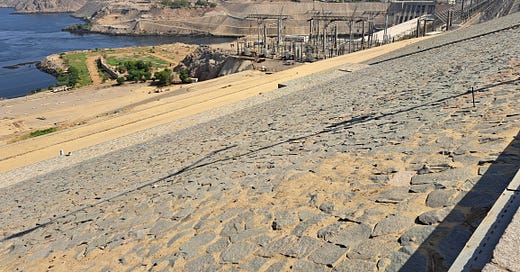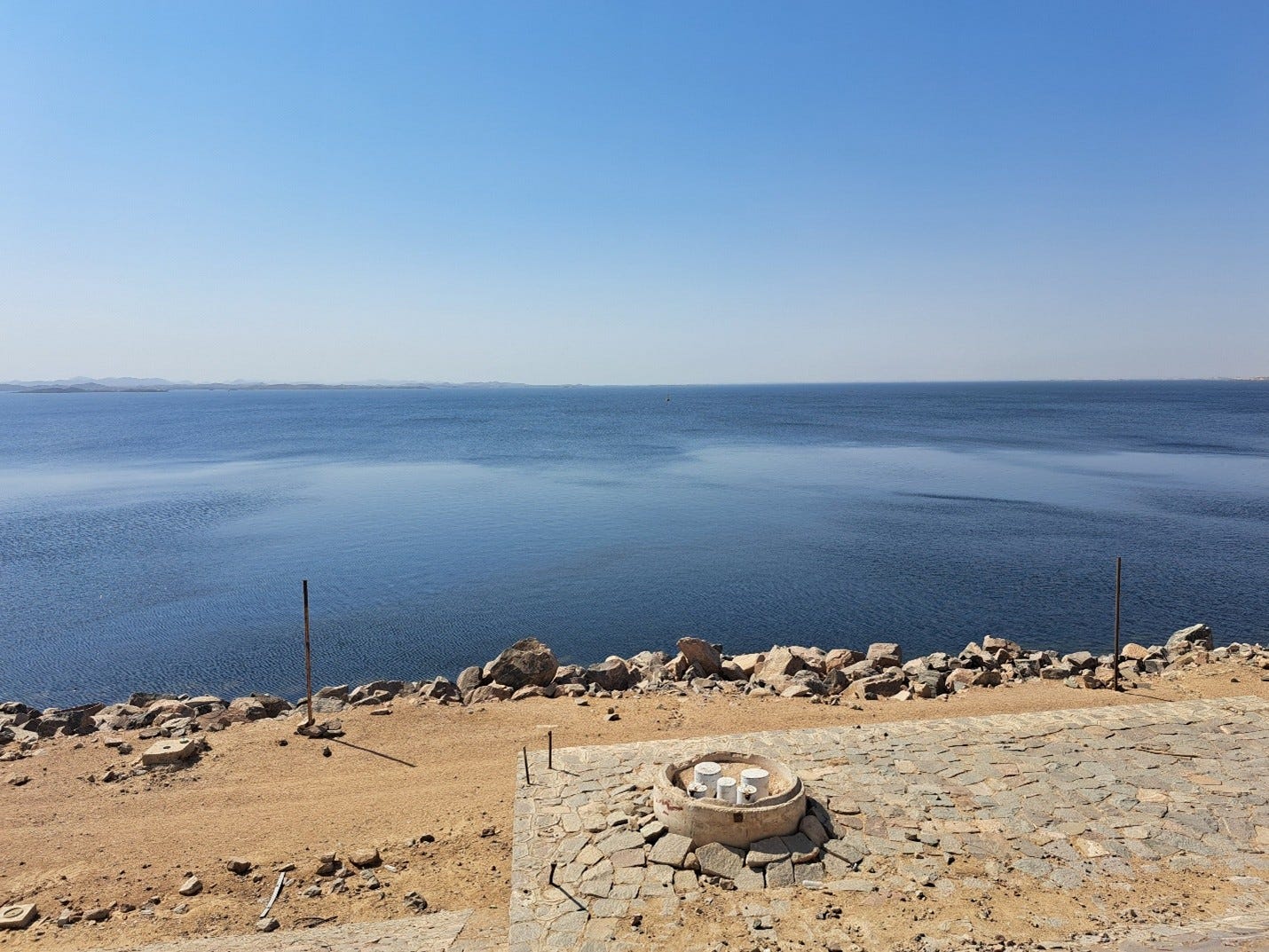[Time for another quiz. This time there are a few more extended length questions and answers.]
Questions
1. Identify and explain the factors that determine transpiration rates.
2. Explain two ways in which overland flow is created.
3. Explain how variations in precipitation can impact on the water cycle.
4. Outline one key feature of the water budget graph for a tropical rainforest.
5. Compare the river regimes of two rivers you have studied.
6. Outline the differences between El Nino and La Nina in the context of the ENSO.
7. Explain how overgrazing leads to desertification.
8. Explain why regular flooding takes place in one area you have studied.
9. Why is the ‘soft’ engineering of rivers effective?
10. Which water stores are likely to increase as a result of climate change?
11. Name 5 countries suffering from water stress.
12. Which world region suffers most from economic scarcity of water?
13. Outline how political views can determine the price of water.
14. Explain why the River Nile is a potential conflict zone.
15. Outline the characteristics of one water transfer scheme.
Answers
1 There are several factors that determine transpiration rates:
· temperature: transpiration rates increase as temperature increases, especially during the growing season when the air is warmer due to stronger sunlight and warmer air masses
· relative humidity: as the relative humidity of the air surrounding a plant rises, the transpiration rate falls
· wind and air movement: increased movement of the air around a plant will result in a higher transpiration rate
· soil-moisture availability: when moisture is lacking plants can begin to senesce (age prematurely), which can result in leaf loss and so mean they transpire less water
· type of plant: some plants that grow in arid regions, such as cacti and succulents, conserve precious water by transpiring less water than other plants
2 Two ways in which overland flow is created:
· when rainfall intensity exceeds the infiltration capacity of the soil
· when saturation of the soil takes place, and any excess water must flow over the surface; this often takes place at the base of slopes
3 The impact of precipitation on the water cycle depends on its extent, its direction of travel, its intensity and its duration. Intense periods of rainfall tend to be of a shorter duration, but they can have great impacts. Equally, longer-duration events with lighter rainfall can cause flooding. The nature of precipitation can also have an effect — whether rain or snow. Snowmelt is a major cause of floods.
4 In a tropical rainforest, precipitation is likely to exceed potential evapotranspiration throughout the year, creating more water surplus.
5 For example: the River Rhône has a higher discharge in the summer due to meltwater from Alpine glaciers; the River Thames has a lower discharge in summer due to lower rainfall totals and higher rates of evaporation.
6
El Niño — when the usual colder water of the eastern Pacific, off the coast of Peru, is replaced by warmer water. At the same time, warmer water to the east, near Australia, becomes colder.
La Niña — when the surface waters across the eastern Pacific are cooler than usual, and the surface water further west, towards Australia, is warmer than usual.
7 Overgrazing was not as a large a problem in the past because animals would be moved in response to rainfall, leading to a nomadic lifestyle. Today, however, people have a steady supply of food so they do not have to move about following rains. Nomadic farmers have become sedentary. Farmers use fences to keep their animals in one place, which causes overgrazing and trampling on the soil, which weakens its structure and it blows away.
8 Bangladesh is a particularly flood-prone country mainly because it is a land of floodplains and deltas built up by mighty rivers such as the Ganges, Padma and Meghna. These rivers are swollen twice a year by meltwater from the Himalayas and by the summer monsoon. Hilly tracts between the rivers and to the east of Chittagong often experience flash floods.
9 Soft engineering works with nature rather than against it.
10 Oceans are likely to increase (due to melting of ice sheets and glaciers), and possibly lakes and reservoirs in some areas.
11 India, Pakistan, Sudan, Somalia and South Africa suffer water stress.
12 African Sahel countries suffer most from economic scarcity of water.
13 In recent years, some politicians have promoted the neo-liberal view in favour of privatising public utilities such as water, on the assumption that market mechanisms would simultaneously conserve water, improve efficiency and increase service quality and coverage. Subsidies end, so all consumers can be charged for water at the price it costs to capture, treat and deliver. With private companies, water is seen as a commodity from which profits can, and should, be made.
14 At 6700km, the Nile is the world’s longest river. Eleven countries compete for its water. Currently 300 million people live within the Nile Basin, and such is the rate of population growth that this total is set to double by 2030. All these people will need the waters of the Nile for domestic consumption, for growing crops and for HEP (produced in Egypt by the Aswan Dam – see photos). Potential flash points have been the dams and barrages built in Sudan and Ethiopia, which deprive downstream Egypt of its fair share of Nile water.
15 China intends to build a $62 billion South–North Water Transfer Project. The project will divert 45 billion m3 of water per year from the Yangtze River in southern China to the Yellow River Basin in arid northern China. The scheme will displace hundreds of thousands of people. An estimated 330,000 people have already been relocated for the expansion of the Danjiangkou Reservoir, which marks the beginning of the project’s middle route.
HEP production at the Aswan Dam Looking NE
Photo: David Redfern
Lake Nasser (behind the Aswan Dam) Looking South
Photo: David Redfern






Great snippets thank you